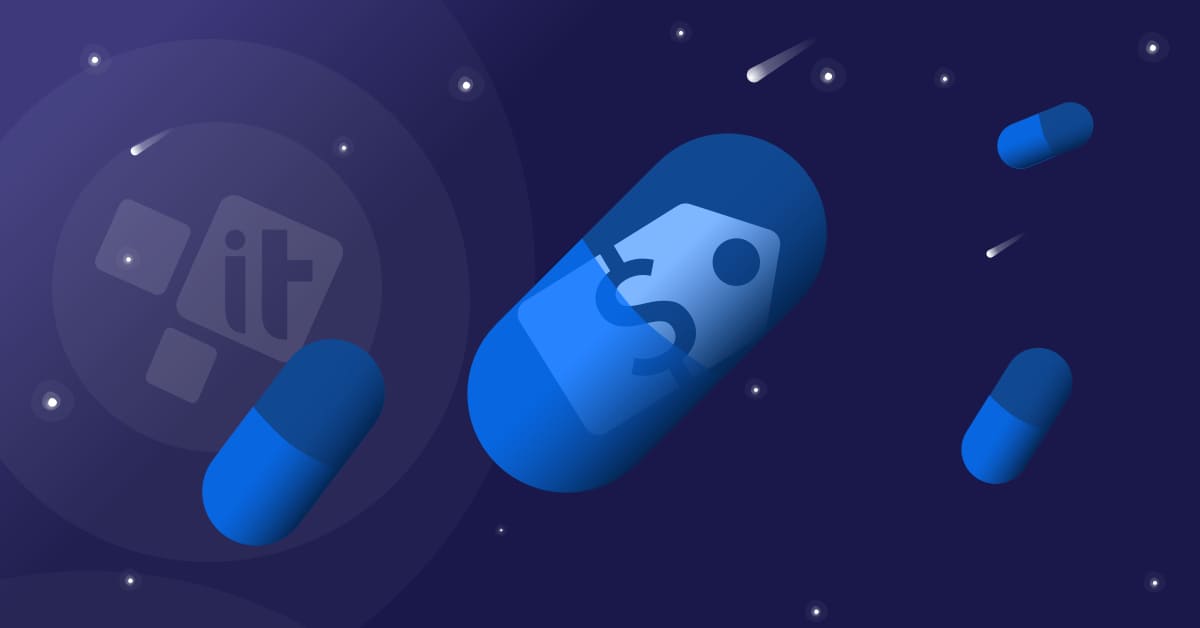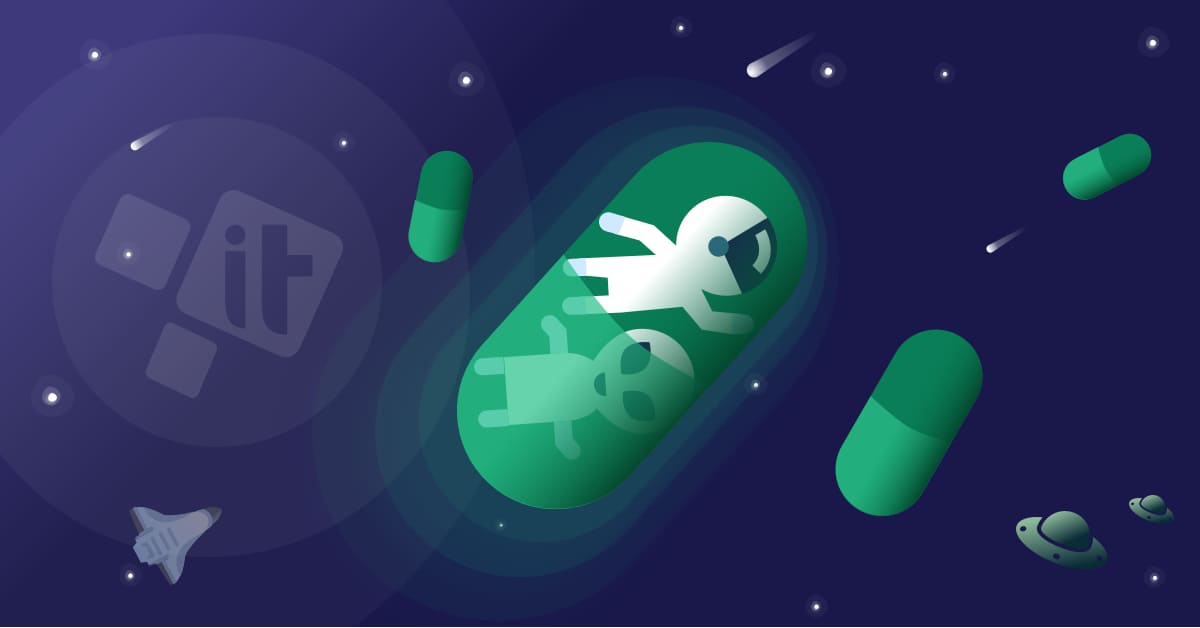3 IT outsourcing models: Fixed Price vs Time-and-Materials vs Dedicated Teams
-
27049
-
2
-
28
-
0
The very first question to ask yourself before contacting the IT outsourcing company is “what billing model is the best for my project?” We list the pros and cons of 3 main IT outsourcing models.
While many sources erroneously name these approaches “the software development pricing models”, their application is not limited to software development only. A Managed Services Provider can use the Fixed price, Time-and-materials or Dedicated Team pricing models for any type of services they deliver, be it software development, cloud infrastructure management, or legacy infrastructure optimization and transition to the cloud, etc.
Thus said, we take a closer look at all of these pricing models to define their proc, cons and use cases.
Fixed price contracts
This IT outsourcing pricing model works best when used for projects with a predefined scope of tasks, rigid requirements and predictable time frames. This model requires the customer to provide a detailed list of project requirements and all required developer documentation, so the contractors can design a Scope of Work and work according to a strict roadmap with unchangeable deadlines.
Pros of fixed-price IT outsourcing model:
- Clarity. All project requirements are specified beforehand, as well as all the required developer documentation
- Precision. The project scope and time frames are known in advance, so the team can set the deadlines and monitor the project progress with ease.
- Accountability. A reliable contractor will accomplish the project on time and under budget, even if it means some extra hours for the team.
Cons of fixed-price IT outsourcing approach:
- Risks. Risks are higher for the outsourcing team, as the project scope is rigid and cannot be altered. Any force-majeure situation affecting the scope or the price of the project leads to the need of complete project reevaluation.
- Diligence. Fixed price projects require diligent planning, either from the customer or from the contractor. If the contractor does the estimates, this might take up to 40% of the budget and time invested in the project as a whole.
- Meticulousness. A dedicated Project Manager is needed either on the customer’s or on the contractor’s side to ensure all the tasks are done according to deadlines. Otherwise, there is a high risk of the team dropping certain features to meet the deadlines.
Use cases for the fixed price contracts are either smaller pilot projects like a website redesign or a long-term partnership with the strictly limited scope of responsibilities (customer/technical support).
Time-and-materials IT outsourcing model
This is a more flexible approach to IT outsourcing, as the customer pays in smaller chunks for work accomplished during the billable hours. To say more, this pay-as-you-go model allows to pay only for the work actually done (features delivered, milestones met), and not for the time the team spent drinking coffee, smoking or surfing Facebook. Thus said, the time-and-materials model is more suited to longer-term projects, where the final requirements are not known in advance and can be changed on the go.
Pros of time-and-materials IT outsourcing approach:
- Flexibility. The customer can change the project scope, requirements or team size on the go to meet his business goals.
- Transparency. The customer has in-depth control over the budget and pays only for the results actually delivered.
- Efficiency. This is the best model for Agile/Scrum software delivery process, where short sprints result in delivering tangible results.
Cons of time-and-materials IT outsourcing model:
- Vagueness. Both the project budget and time frames remain undefined, so it’s hard to predict when the product will be delivered or how much it will cost.
- Supervision. A detailed supervision is required to ensure the team estimates the tasks correctly and accomplishes the milestones in full.
- Communication. Time-consuming communication is required to clarify any updated project requirements or collect feedback on the features delivered. However, this is more of a benefit, as it ensures the final project meets your expectations.
Use cases for time-and-materials contracts include product development (MVP development, etc.) or product updates (adding new features or rebuilding the product with RESTful APIs).
Dedicated team IT outsourcing model
This approach combines the features of both previous models but is slightly better than both of them. It is used to compensate for the lack of in-house IT expertise on mid-to-long-term projects. The contractor builds the team according to the customer’s requirements, and this team can report directly to the customer, or be supervised by a dedicated Project Manager. The expenses are comprised of the salaries of the team members + a contractor’s fee for administrative needs (workplace expenses, etc.)
Pros of the dedicated team approach:
- Predictability. The bills are formed on a predictable and transparent basis and the customer always pays only for the results delivered.
- Adjustability. The team size, project scope or requirements — anything can be adjusted if need be.
- Continuity. The team works on your project for a long time, so it has a full understanding of all project features and is dedicated to running the project smoothly.
Cons of the dedicated team approach:
- Graduality. If the team cannot be composed of the available contractor’s staff, finding additional talents can take some time (2-4 weeks on average, based on the skills required). Thus said, the core of the team can start working at once, while the rest of the members will be added gradually.
- Thoroughness. Unless a customer prefers to pay for the personal Project Manager, who will take care of the routine team management tasks, working with a dedicated model requires a thorough control of all tasks to ensure the project moves in the desired direction.
- Indistinctness. When there are no clear project requirements, the final result can differ much from the picture the customer expected. However, in the case of working with experienced teams, this situation is largely due to the fact they remove all bottlenecks and vulnerabilities the customer did not even think about.
Use cases for dedicated team model include long-term large-scope projects with evolving requirements, like the transition to the cloud from the legacy infrastructure, implementation of the AI/ML algorithms for Big Data analytics or cloud consultancy to increase IT infrastructure performance.
Final thoughts on 3 IT outsourcing models
Thus said, every IT project provides the best results when it is managed according to the most suitable IT outsourcing model. There are situations, however, when short-time projects are best done by a dedicated team (like an MVP development to join the startup accelerator), or when the project with rigid requirements is best accomplished under the time-and-materials approach.
Therefore, the decision of the most appropriate IT outsourcing model is best made after a consultation with the Managed Service Provider which will handle it. Once the contractor of your choice knows the scope of the project, the skills required for it and the expected budget, they will be able to suggest the approach that fits it best. Will it be Fixed Price, Time-and-Materials or Dedicated Team — is up to the business to decide!




